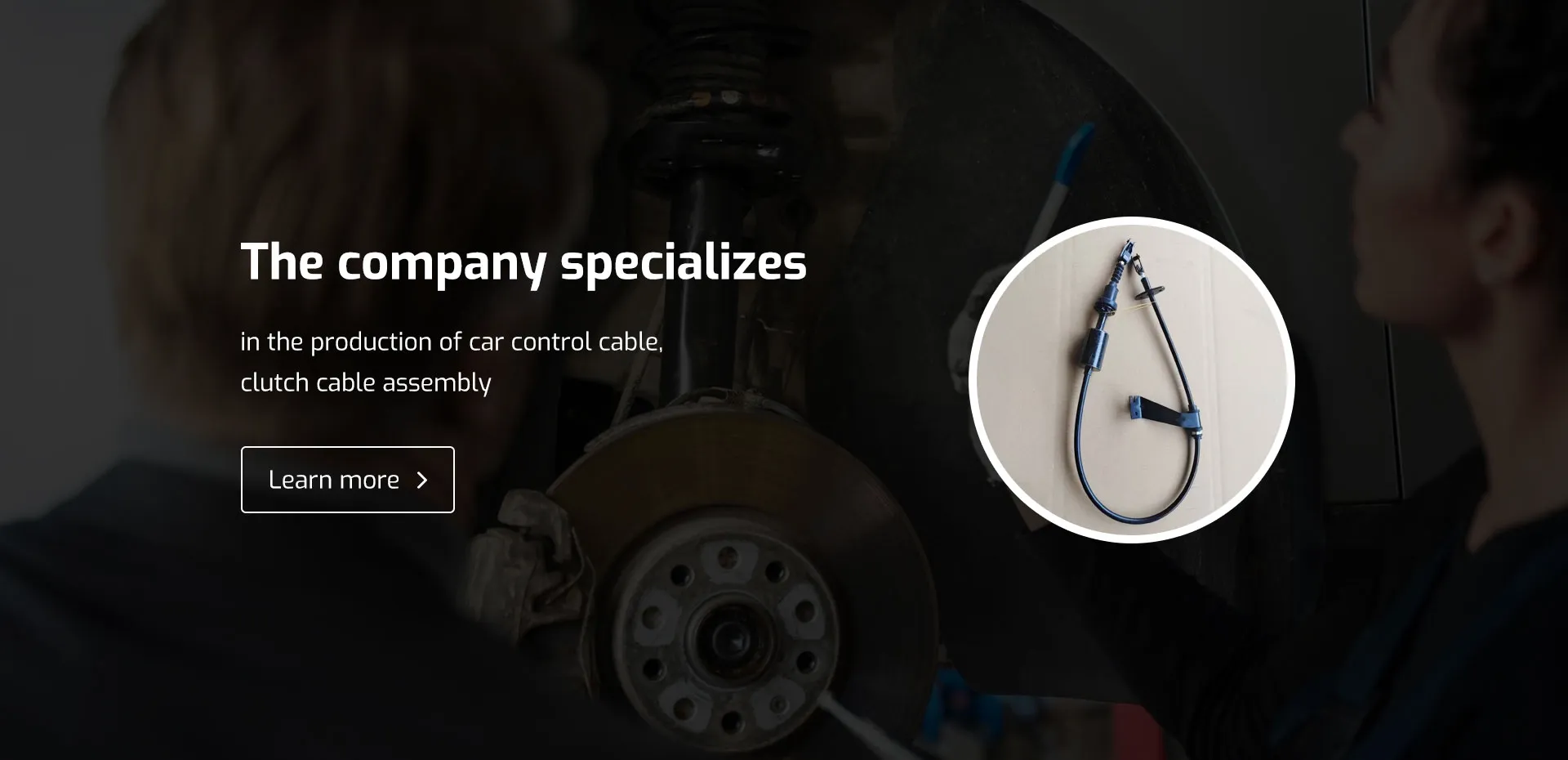Understanding the Functionality and Mechanism of Push and Pull Throttle Cables in Engines
Understanding Push and Pull Throttle Cables Functionality and Applications
Throttle cables are essential components in various mechanical and automotive systems, particularly in vehicles and machinery that require speed regulation and engine control. Among the types of throttle cables, push and pull throttle cables play crucial roles in controlling the intake of air or fuel, thus influencing engine performance. Understanding their functionality, design, and applications can help in maintaining and improving vehicle efficiency and responsiveness.
What Are Push and Pull Throttle Cables?
Push and pull throttle cables are flexible, metal cables used to control throttle mechanisms in engines. The primary difference between the two lies in their operation. A push throttle cable is designed to exert force when pushed, which typically opens the throttle body, allowing more air or fuel to enter the engine. Conversely, a pull throttle cable works by drawing the throttle body closed when pulled, thus regulating the engine’s power output.
In practical terms, these cables connect the driver’s input (through the accelerator pedal) to the engine’s throttle body. When the driver presses the accelerator, it activates the corresponding throttle cable, prompting the throttle to adjust and allowing the engine to increase its power output.
Design and Construction
Push and pull throttle cables are generally constructed with high-strength metal wire for the core and a protective sheath to prevent wear and tear. The cable's flexibility allows it to navigate through various angles and bends in a vehicle’s design while maintaining responsiveness. The end fittings are typically designed to fit snugly into the throttle mechanism and the accelerator pedal, ensuring a secure connection.
These cables are often exposed to harsh environments, including extreme temperatures and vibrations. As such, manufacturers often use materials with high resistance to corrosion and fatigue to ensure longevity and reliable performance.
Applications
push and pull throttle cable

Push and pull throttle cables are widely used in various applications, including
1. Automotive Industry In vehicles, these cables control the throttle opening connected to the engine's air intake system. They are crucial in conventional vehicles with internal combustion engines, where precise throttle control directly affects acceleration, deceleration, and overall performance.
2. Motorcycles and Other Two-Wheelers Similar to cars, motorcycles use throttle cables to regulate engine speed. The design is compact and often integrated into the handlebar assembly for easy access by the rider.
3. Marine Applications Boats and other marine vehicles utilize push and pull throttle cables for engine control. Given the unique operating conditions on water, these cables must be robust and resistant to marine environments.
4. Industrial Machinery Many types of heavy machinery, such as forklifts and tractors, rely on throttle cables for engine management. These applications often require cables that can withstand significant stress and provide precise control under varying loads.
Maintenance and Troubleshooting
Regular maintenance of throttle cables is essential for ensuring optimal performance and safety. Common issues include fraying, stiffness, or disconnection. It’s important for vehicle owners and operators to regularly inspect the cables for damage and replace them as necessary. Proper lubrication and adjustment are equally important to maintain smooth operation and responsiveness.
In conclusion, understanding the functionality and importance of push and pull throttle cables can enhance vehicle performance and reliability. As technology advances, innovations in cable design and materials continue to improve their durability and efficiency, making them a vital component in the realm of mechanical systems. Whether in cars, motorcycles, or industrial machines, throttle cables facilitate precise control essential for optimal operation and safety.
-
Upgrade Your Control with Premium Throttle CablesNewsAug.08,2025
-
Stay in Control with Premium Hand Brake CablesNewsAug.08,2025
-
Experience Unmatched Performance with Our Clutch HosesNewsAug.08,2025
-
Ensure Safety and Reliability with Premium Handbrake CablesNewsAug.08,2025
-
Enhance Your Vehicle with High-Performance Clutch LinesNewsAug.08,2025
-
Elevate Your Ride with Premium Gear CablesNewsAug.08,2025
